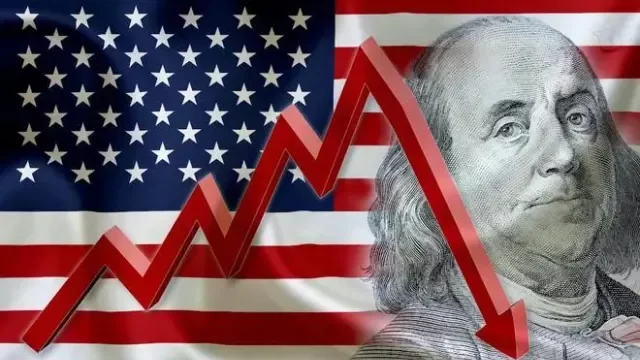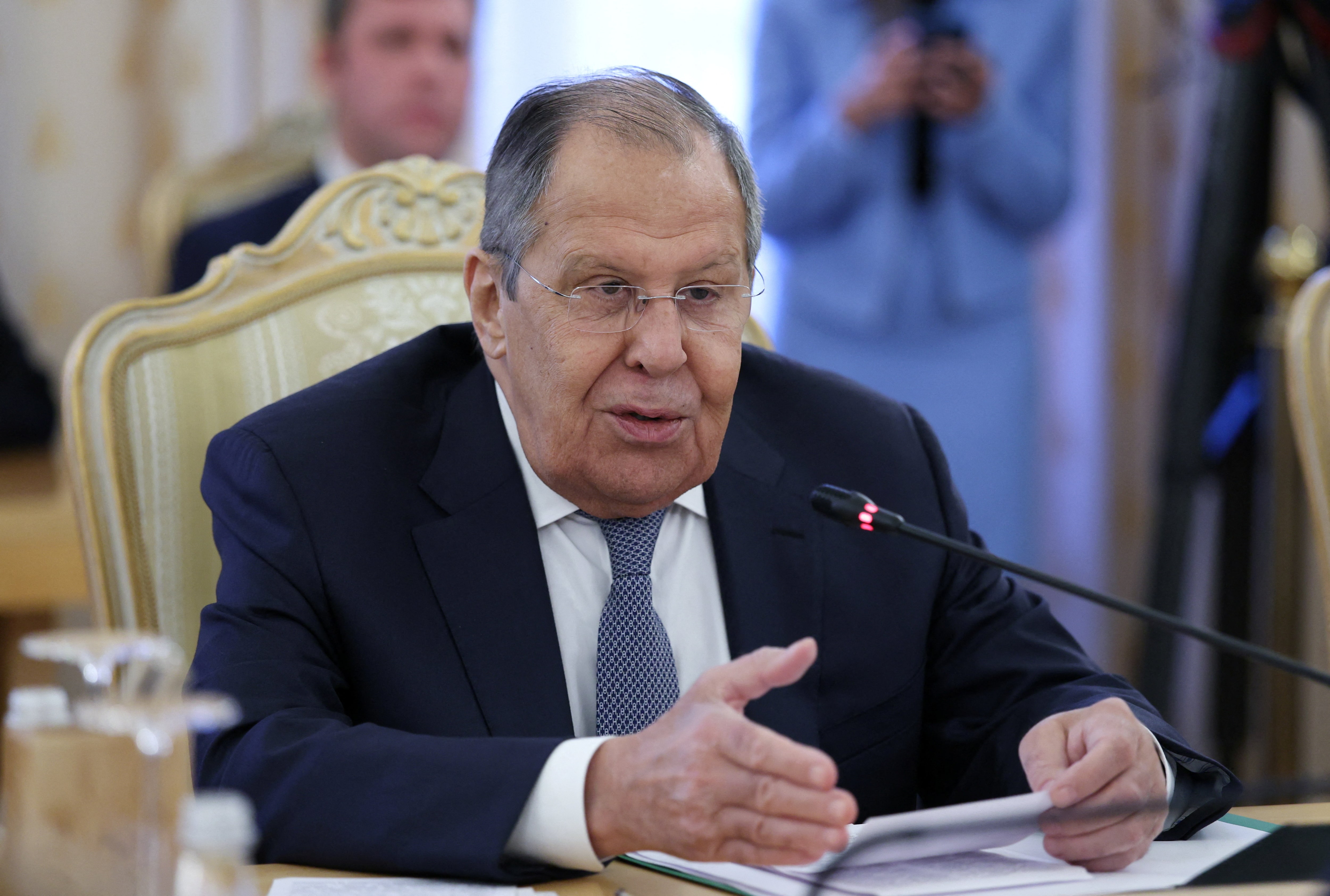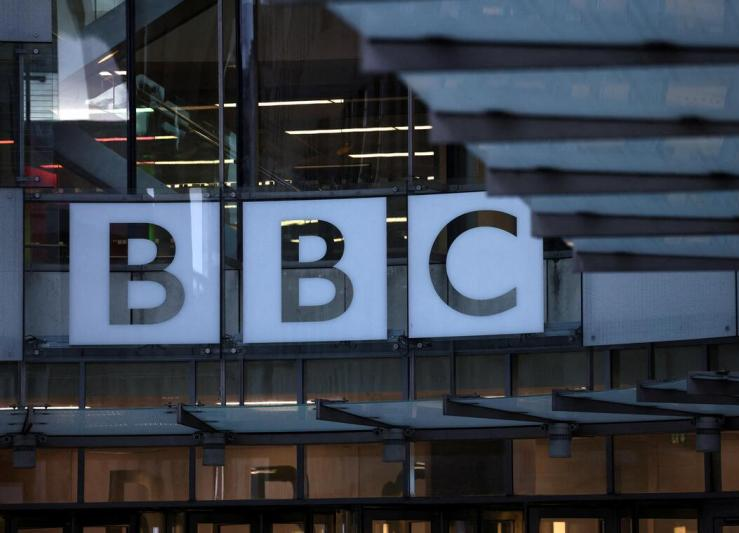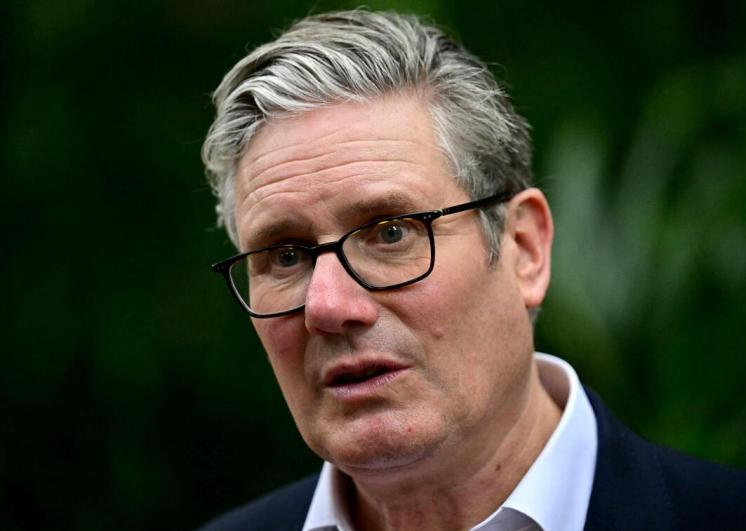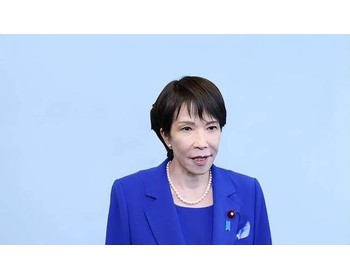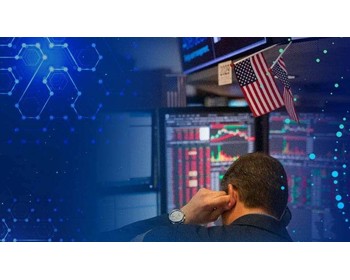Recently, the latest data released by the US Department of Commerce showed that the real gross domestic product (GDP) grew at an annual rate of 3.3% in the fourth quarter of 2023, better than the expected 2%, but it has slowed down from the 4.9% growth in the third quarter, and the annual economic growth of the United States in 2023 is only 2.5%.
The US economy in the fourth quarter of 2023 exceeded expectations mainly due to the resilience of consumption, the actual personal consumption expenditure quarterly rate of 2.8%, the expected 2.5%, the high growth of labor market wages and compensation and wealth effect boosted the growth of personal consumption expenditure.
Beginning in the fourth quarter of 2023, the US economic market for the Federal Reserve to stop raising interest rates and to cut interest rate expectations began to heat up, the real economy felt operating pressure will be reduced in the future, in November and December 2023, the number of new non-farm employment continued to increase, non-farm private enterprises average hourly wage rose to 0.44%. Interest rate cut expectations also stimulated the stock market, the fourth quarter of 2023 US stocks rose sharply, the S&P 500 index rose 11.24%, near a record high. The economic recovery is more obvious.
Indeed, looking at the data alone, US consumer spending is relatively strong, the Labour market remains resilient, inflation has eased, and the chances of the US economy falling into recession have declined. However, concerns about high inflation remain, and as the high interest rate environment continues, the market expects a significant slowdown in the US economy in 2024. The economic data reflect the enormous challenges still facing the United States.
Near trouble
Slowing ECONOMIC growth: One of the immediate challenges facing the U.S. economy is the slowdown in economic growth. This could be due to lower consumer spending, hesitant business investment, or a slowdown in global economic growth.
Inflationary pressures: In recent years, the United States and many parts of the world have experienced inflationary pressures that have driven up the cost of living, especially for low-income families.
Monetary policy adjustments: In response to inflation, the Federal Reserve System may continue to adjust monetary policy, including raising interest rates. While that helps keep inflation in check, it could also dampen economic growth and employment.
Labor market uncertainty: While the labor market remains strong, the outlook for the labor market remains uncertain with possible downsizing pressures in certain industries and changes in the labor force participation rate.
Long view
Aging populations: In the long term, the United States and other developed countries are facing aging populations, which will put pressure on social safety nets, health care needs, and labor markets.
Public and private debt levels: High debt levels can limit future economic growth potential and governments' fiscal flexibility, increasing the risk of financial crises.
Technological change and automation: While technological advances bring increased productivity, they can also have a negative impact on employment in certain industries, especially for low-skilled labor.
The challenges and opportunities of globalization: Policies, trade relations, and international competition in the process of global economic integration are double-edged swords for the U.S. economy, with both opportunities and challenges.
Addressing these issues will require a combination of measures by policymakers, including coordination of fiscal and monetary policies, enhanced education and training programs, and structural reforms to enhance the economy's long-term growth potential and competitiveness.
The resilience of the US economy can be seen in the current state of consumption, and the market is currently divided on whether there is a soft landing. The performance of the labor market and the stock market shows no signs of economic recession, and the stock market, which is a barometer of the economy, continues to rise. The Fed rate hike cycle is over and the rate cut cycle is about to open, does this mean that the US economy has passed the most difficult period?

